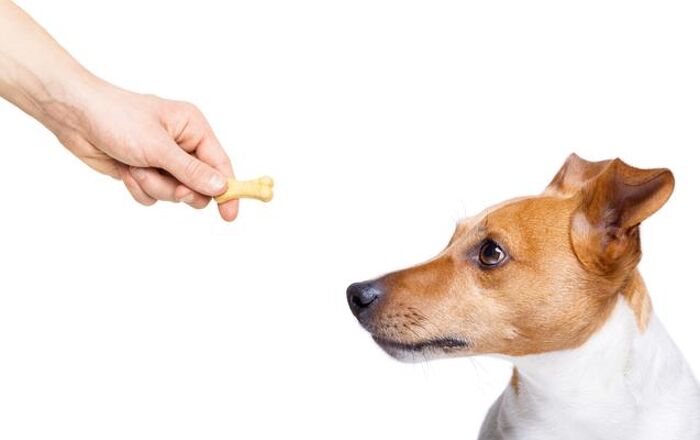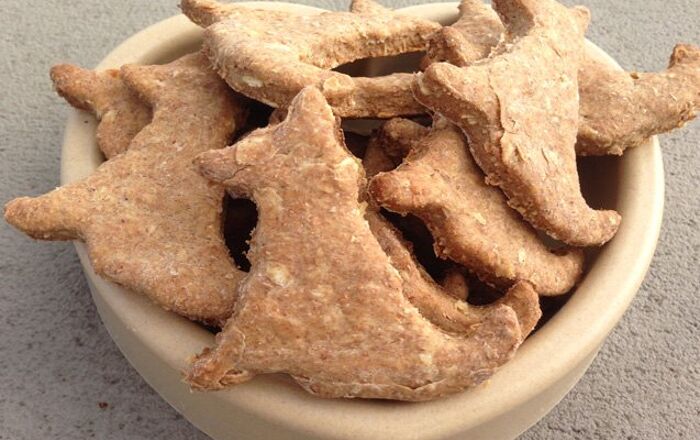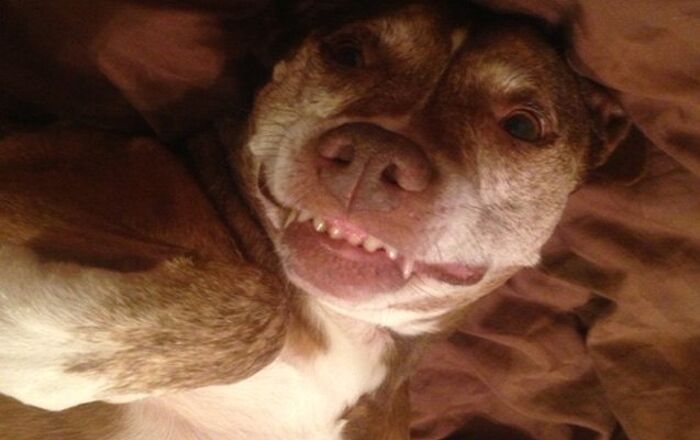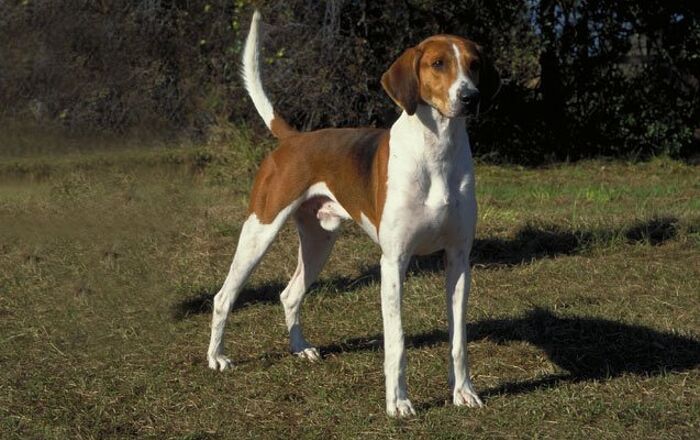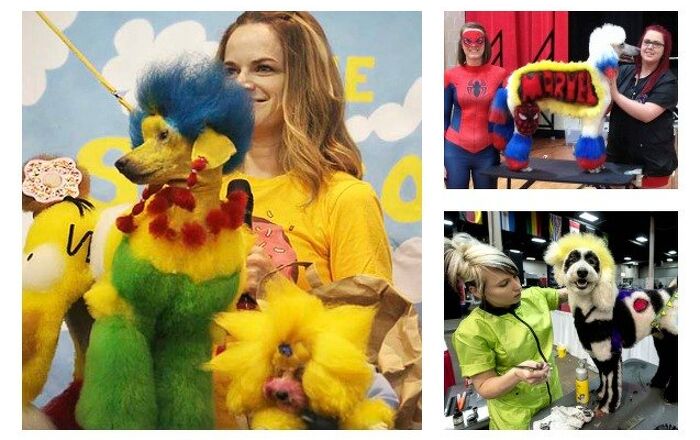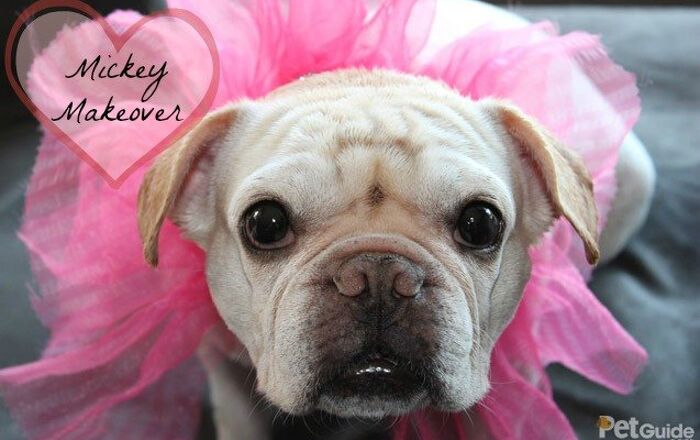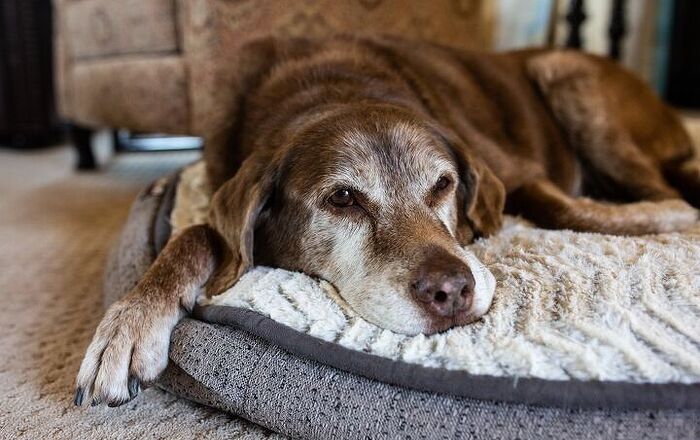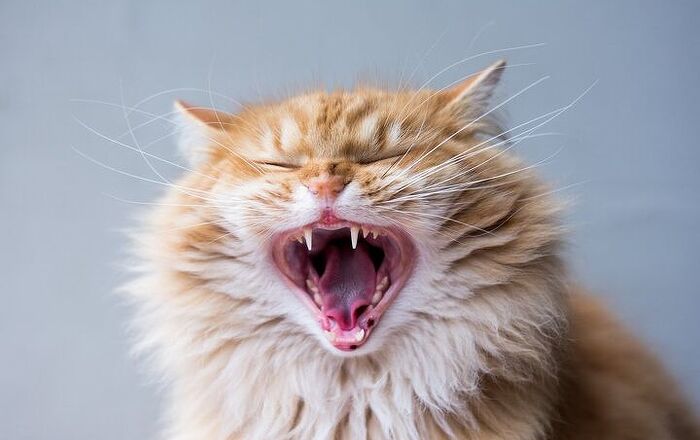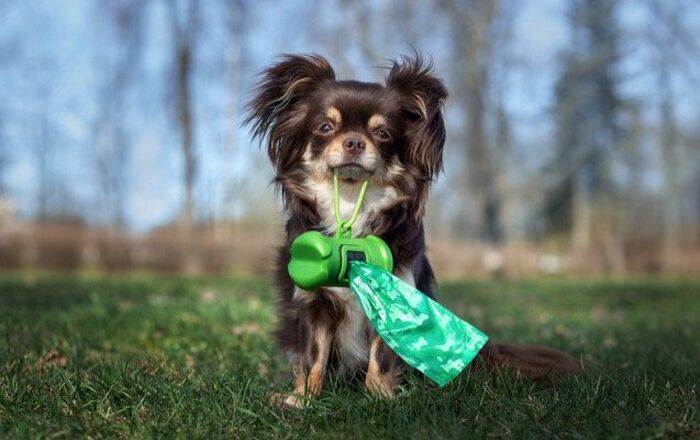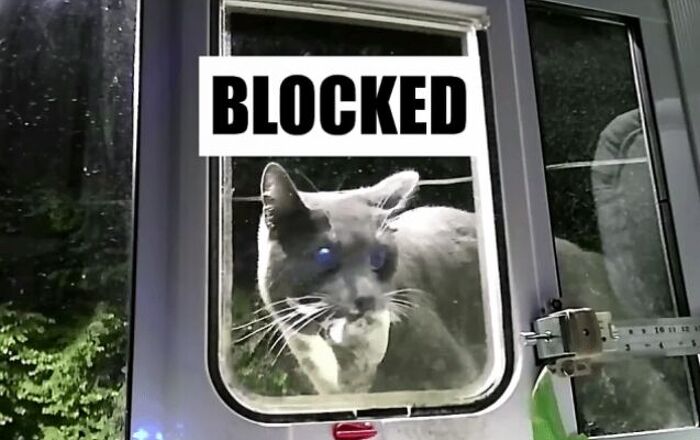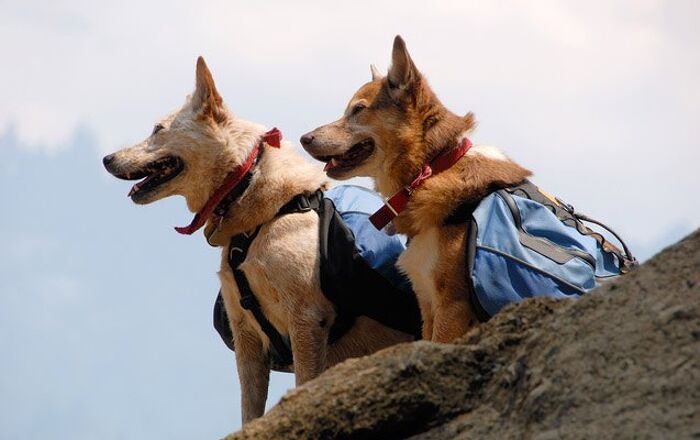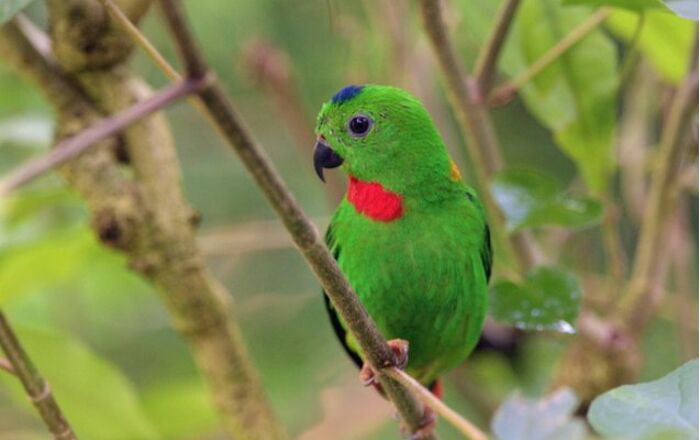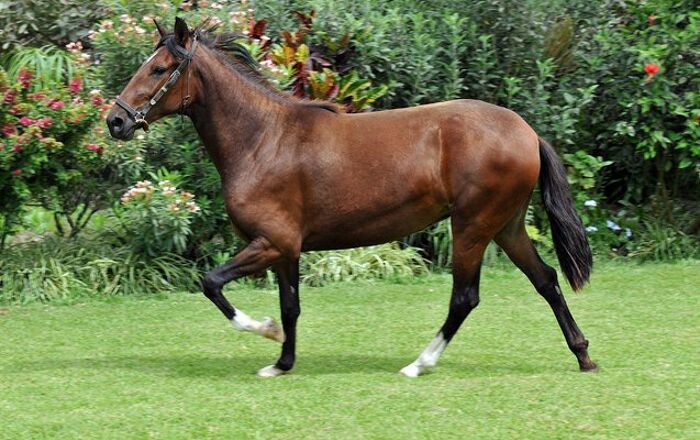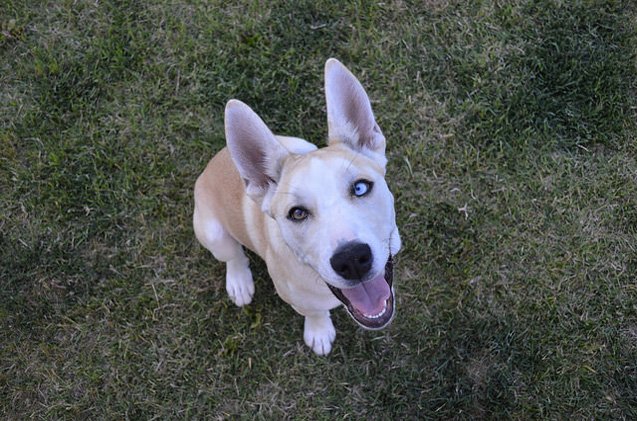
Pitsky Basics
Do you want a unique-looking, energetic, and bold dog? Then the Pitsky just might be the right breed for you. This designer dog is a handsome and muscular cross between an American Pitbull Terrier and a Siberian or Alaskan Husky. They are perfect for people who love either of those popular breeds. They are an especially appealing option for husky-lovers who live in warm climates that aren’t ideal for purebred huskies. Owing to their parental breeds, Pitskies are spirited and smart, but also demanding dogs. They do best in high energy households and require lots of exercise.
Ontop of all of that, both his mom and dad need an experienced owner, so their offspring is no different. With the wrong person by his side, a Pitsky can be stubborn, unmanageable, and even aggressive, so it’s important to train and socialize them in a timely manner. Pitskies might be wonderful designer dogs, but they are not a viable option for first time dog owners. They need experienced owners who can handle the occasionally tough responsibilities inherit in raising a Pitsky.
As a mixed breed dog, the Pitsky will inherit traits from both of his parents, so there’s no way to predict how they’ll look once they grow up. Pitskies are unique in appearance, and no two of them look the same. Pitskies can be any color, have short or long hair, stand up or floppy ears, and even carry on the blue eyes common in huskies. One thing is certain, though: you’ll fall in love with these puppies as soon as you lay your eyes on one. Of course, even though they are undeniably cute and have a lovable temperament, the Pitskies are not a good match for every family. Read on to find out if this designer dog breed is the right choice for you! All the info that you’ll need is below. Simply keep your eyes glued to this page and scroll away to discover if you’ll be bringing home a Pitsky anytime soon.
The Pitsky is a handsome, muscular cross between an American Pitbull Terrier and a Siberian or Alaskan Husky.
Origin
The origin of the Pitsky is unknown. Husky and pitbull mix dogs have been around for decades, but it’s not until recently that they became a product of intentional breeding. No breeder currently claims that they were the ones to start producing Pitskies first. However, it’s highly likely that the breed came to be during the peak of designer dogs craze. In the last 20 years, crossbreeds have been becoming more popular, so it’s probable that this is the timeframe in which someone decided to cross huskies to pitbulls in an effort to create a new designer dog breed. Unfortunately, there’s not really any other information about the origin of the Pitsky. Like most designer dogs, no one really bothered to document their history. All we can do is feel grateful that they exist.
Pedigree
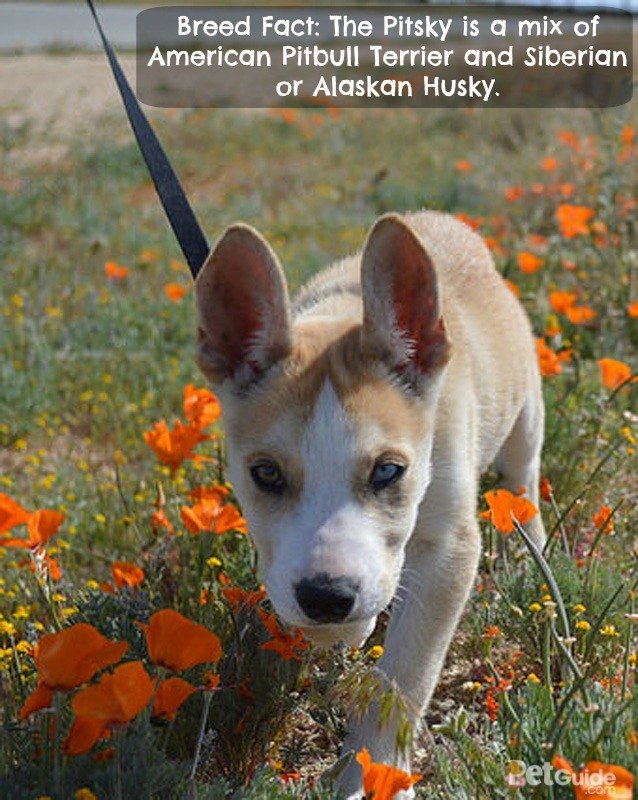
Pitskies are crosses between pitbulls and huskies, either Siberian or Alaskan. Due to the difference in size, the mother of the litter is the Husky and the stud is the American Pitbull Terrier. As a result, their litters can have 4 to 8 puppies. Across one litter, all puppies can have different looks. That’s due to the unpredictability of first generation hybrid dogs. Much like a box of chocolates, you simply never know what you’re going to get from these puppies.
Pitsky is a first generation mix, which means that his parents are always two different purebreds. These are mixed breed dogs and they are quite unpredictable- sometimes one parent’s genes will be more influential in the mix, and sometimes the puppies blend the display the traits of both huskies and pitbulls. Multigenerational crossings would lead to a more uniform appearance, but for now, there haven’t been any breeders to try their hand at this. It will take a while for second generation Pitskys to develop a consistent and predictable appearance, but one day it will happen.
This unpredictability is also the main reason why Pitskys, like any other designer or hybrid dog breed, don’t have official pedigree papers, breed standard, or are recognized by official canine clubs such as the AKC. To constitute a “real” breed, it has to have predictable characteristics, both physical and personality traits, that can be considered typical for their lineage. Since first generation mixes can’t offer that predictability, canine experts liken them more to mutts than to purebred, hence their status in the world of purebred dogs.
Food/Diet
All dogs need a healthy, well-balanced diet that meets their nutritional needs to thrive and stay in their best shape. These adorable cross breeds are no different! You might not be able to find a formula labeled “food for Pitsky” in a pet store, but knowing more about their lineage and needs can help you determine which type of food is the best for these lovable dogs.
The Pitsky is a large, athletic breed and their diet should accommodate that. These big pups need to eat a lot and eat well. These crossbreeds do best on high-quality dry food for dogs, but it should be chosen to fit their unique needs. This means that the kibble should be formulated for big active dogs, and suitable for your dog’s age group. Puppies, adults, and senior dogs all have different dietary requirements. So, as your dogs age, it’s always wise to choose their kibble accordingly.
Next, it is crucial to pay attention to the quality of food you’re pouring in your dog’s bowl. Not any chow will do if you want to make sure your pooch is reaping the benefits of their healthy diet! First and foremost, always check the ingredient list. First ingredient should always be real meat, preferably from a single protein source, so you know your pet is getting wholesome ingredients and that the formula is really protein packed to support lean muscle and overall health of your Pitsky. Next, look for sources of dietary fiber such as veggies, complex carbs to give your pooch energy, and healthy fats that will provide Omega 3 and Omega 6, to keep their coat and skin healthy and their brains sharp.
Steer clear from cheap, generic dry dog foods, even if their price is tempting as they are laden with harmful fillers such as wheat, corn, or soy. These increase the bulk of the food but are actually harmful for dogs, so avoid kibble that has these ingredients. Similarly, your pet’s food shouldn’t ideally contain artificial ingredients, such as flavors, preservatives, and colors, or any other harmful substances such as sugars (molasses, fructose, or corn syrup), glycerin, and so on.
Even though these dogs will need a lot of food due to their size, it doesn’t mean you should overfeed them. Pitskies can become obese if they are let to free feed, so it’s best to stick to the manufacturer’s recommendations. Usually, for a dog of their size, 2.5 to 3 cups of premium kibble does the trick. Split their daily dose of food into two separate meals to prevent bloating and support a healthy digestion.
If you have any concerns about establishing or altering your dog’s diet, always consult with a veterinarian first. Sure, pet food manufacturers and pet blogs tend to provide useful feeding guides. However these should always be treated as guides and not gospel. All dogs are different after all and only your vet is qualified to determine the specific dietary needs of your personal pooch. So, always defer to the good doctor before changing (or determining) what to put into you dog’s belly.
These dogs make great companions with proper training starting at a young age
Training
These dogs make great companions, provided that proper training starts at a young age. How young? As early as eight weeks. They are intelligent creatures and need a job to stay balanced. Their strong personalities can lead to destructive tendencies when not properly trained. Socialization is also key early on to prevent them from chasing small animals. If you are in the market for a working dog, this could be a strong choice if proper training is provided. Pitskies do well at pulling, agility and other forms of dog work.
The Pitsky is loyal and requires lots of attention, so it is important to teach him to it’s okay to be left alone at a young age. Crate training is important to keep the dog safe. They are not happy when left alone, so having them crate trained as puppies will teach them that they have a safe spot of their own. This will keep them from hurting themselves/chewing up the house when left alone.
As always, it’s important to focus on positive reinforcement and reward-based training with your Pitsky. Anything less is closer to abuse than training. Not only will it harm your pup, but it will never yield the training results that you desire. Treat your pup right during training and you’ll be rewarded with a friendly companion for life. Cross the line and…well…you shouldn’t be a dog owner in the first place.
Weight
Pitskies tend to weigh between 35 and 80 pounds. They are generally medium to large doggos, and that means that they will require a bit of extra space. A tiny apartment just won’t do for a big Pitsky, and they might end up feeling cooped up and unhappy. Besides this, their size means that they have a lot of energy that needs to be spent efficiently. They can thrive best in a large house or a home with a fenced-in yard.
Temperament/Behavior
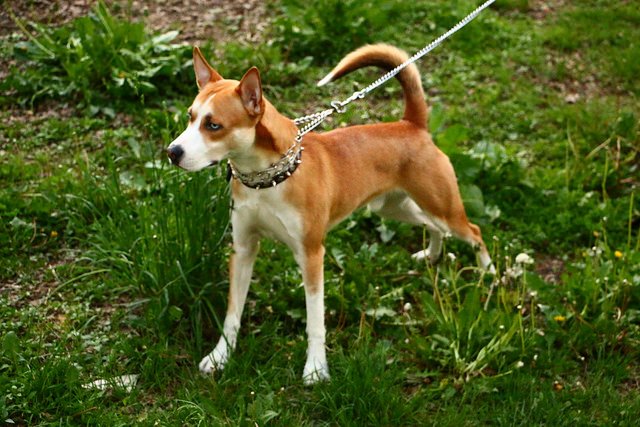
Both pitbulls and huskies have high energy, and this carries down into the Pitsky. They are not suited for apartment living or low energy families. They need active and attentive owner who can keep up with them and dedicate the appropriate level of time to their dog. With the right owner and training, Pitskies will grow into cheerful and loving companions (which means that they tend to do well with children).
Pitskies are incredibly loyal, and require a great deal of attention. They aren’t for people who work long hours, as they will get frustrated and anxious by being left along for long periods of time. Separation anxiety can be a problem, and they might take it out on the house by destroying things if they aren’t attended to properly. So, if you can’t commit to spending most of your time with your dog, the Pitsky absolutely isn’t for you.
Common Health Problems
While many people consider first generation mixes to be healthier than purebred dogs, that doesn’t mean that they don’t inherit any health issues from their parents. Most designer dogs, Pitsky included, are susceptible to at least some health problems that plague their parents – in this case, the husky and the pitbull.
There aren’t many documented health problems specifically for the Pitsky, since it has only recently been considered its own breed and not just a mix. The only one that comes up is hyperthyroidism, as it’s an issue that affects both of his parental breeds, so it is important to watch out for wheezing and shortness of breath. Keep an eye on their joints and their stance, since hip dysplasia is also common in both parent breeds, and it wouldn't hurt to start early with a supplement regime that would support their cartilage, such as glucosamine and chondroitin. A few other possible issues that your Pitsky could inherit, although they are less common, include cerebral ataxia, canine follicular dysplasia, eye problems, and allergies.
Other than that, it is essential to keep a well-fed, and well-exercised Pitsky to prevent anything from coming up. It’s also important to maintain regularly scheduled checkups with a vet so that any potential health issues can be identified and treated as early as possible.
Life Expectancy
The Pitsky lifespan is an average of 15 years. This is such a great number! Considering the fact that the general maximum lifespan for most dog breeds is around fifteen years, it is clear that the Pitsky took the very best features from its parent breeds. Of course, taking into account the fantastic traits of this breed, it becomes clear that you will have a solid and devoted friend by your side – for a great many years. But don’t think that they can reach that maximum expected age all on their own – they will need your care and attention along the way. This includes a good and balanced diet, regular veterinary checkups, and tons of unconditional love.
Exercise Requirements
Pitskies require a great deal of exercise to remain happy. They love to run, play, hike, pull and play. They also need mental exercise and obedience training to stay happy. The more you exercise them, the better off your dog will be. Backpacks are great for these guys, since both parent breeds have an amazing amount of stamina. Chances are the human will get tired before this dog, so training them to carry items in a backpack will help wear them out quicker. Pitskies will benefit from anything that burns off extra energy.
These dogs do not like to be left alone for long amounts of time, and if they are to be left alone it is wise to crate train them at a young age. This will help to prevent destructive behavior. Pitskies do benefit from engaging and treat dispensing toys. A Kong will be a helpful lifesaver if you need to get some work done without them underfoot. That toy will keep your Pitsky busy and is one of the few that he won’t easily gnaw through and destroy.
Both pitbulls and huskies have high energy, and this carries down into the Pitsky.
Recognized Clubs
Because this is a designer/hybrid breed, the Pitsky is not recognized by the American Kennel Club, although the Dog Registry of America recognizes the Pitsky. Still, this is no reason to assume that you are all alone in the world of Pitsky owners! There are a number of forums and local groups that are run independently and by long-time owners, dedicated specifically to the Pitsky breed. They are the gathering place of enthusiasts and breed experts, and they can be a fantastic place to begin your long and happy journey as a brand new Pitsky owner. Learn all you can about the basic care of these dogs: their needs and wants, their pros and cons, attributes and issues, and their pedigree.
Coat
The coat of the Pitsky puppy varies by dog. Some have long coats like the husky, while others have short, dense fur like the pitbull. The color also varies. They can be practically any color depending on their parents. This is often the case with designer breeds: the breeder never truly knows what the litter will look like. And that’s why you can never expect to have a Pitsky that is exactly like the others. Still, as far as the coat goes, the same rules always apply. Regular brushing and proper hygiene are a must. Lightly brush your pet’s coat at least once per week, and bathe them on a monthly or bi-monthly basis. This way you will make sure that your pet is feeling and looking their best at all times.
Puppies
The best part of getting a Pitsky puppy is that you have no idea what they will look like as adults. Long or short hair, floppy or standing ears, there is no way to know when picking out a puppy. They look so different as little pups that it’s impossible to guess what type of Pitsky that they will grow into. That’s part of the fun! However, regardless of their ultimate appearance, these dogs will need early training and socialization to make sure they grow up into well behaved and friendly dogs. Without socialization, a lot can go wrong. A dog that has been neglected in the puppy stage can develop a set of negative behavioral traits. These include anxiety, fear, aggression, aloofness, and many others. For a Pitsky, this can be a critical time. Fail to socialize them, and you might see an aggressive and unpleasant side emerge, especially around toys or food.
To prevent this, introduce your puppy to new dogs, children, and adults, and make sure that they are in a caring and loving environment. And you can rest assured that your pet will grow up into an equally affectionate dog, with its best qualities coming to the forefront.
Photo credit: Anthony Rexach/ Flickr; Jonathan Choi/Flickr

